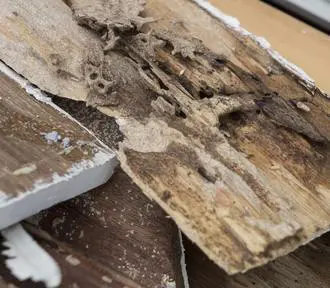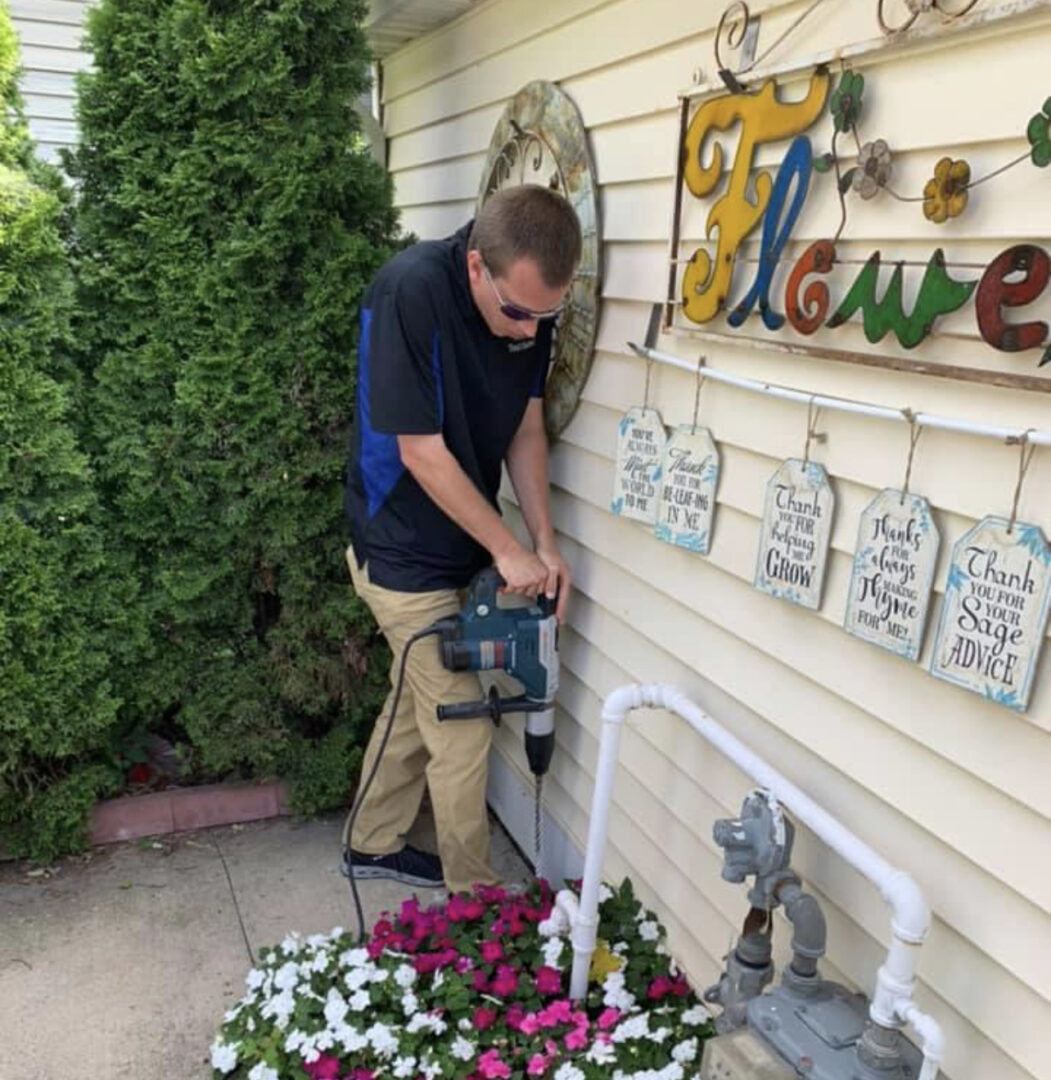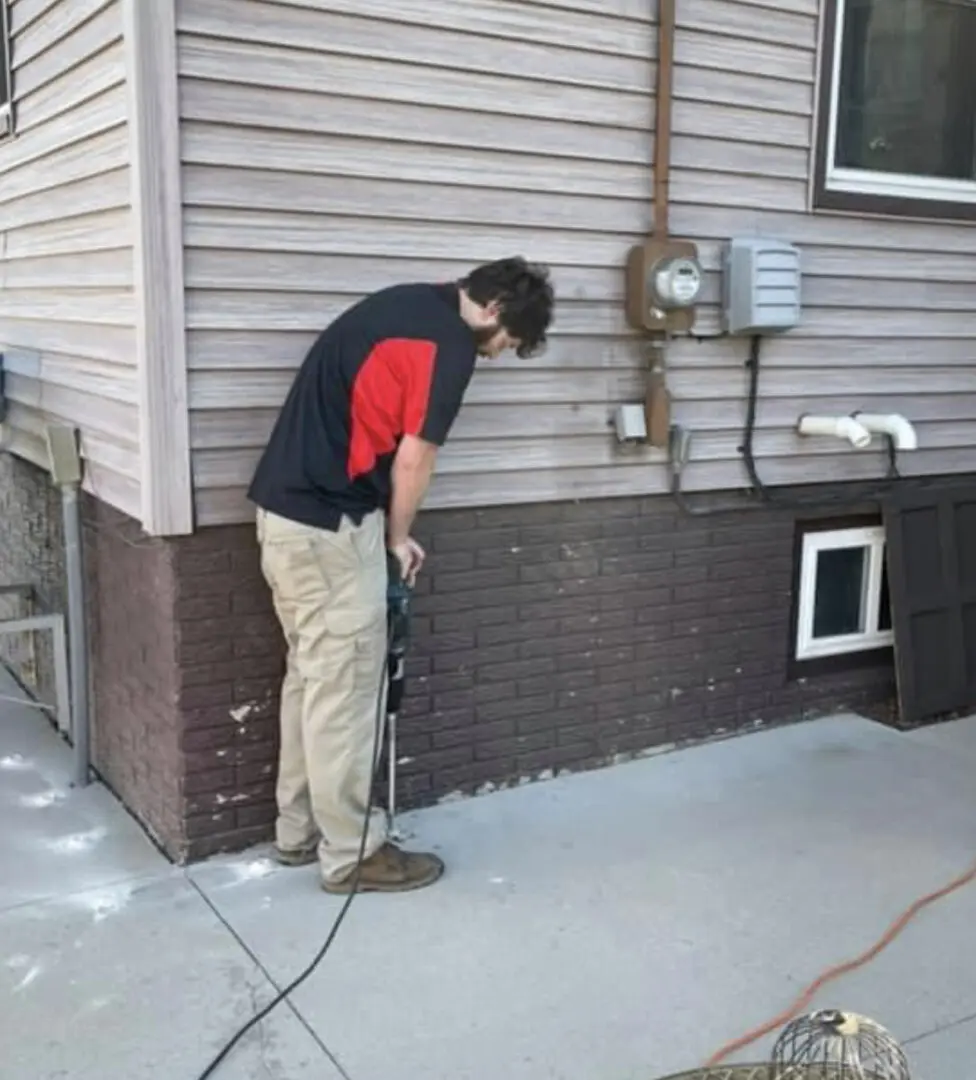Reduce Termites in Your Residential or Commercial Property
If you are selling your home, you will need a termite inspection, Call us and we will be there to help you in the process.
Subterranean termites are social insects that live in colonies within the ground and have specialized castes to perform specific colony functions. The termite colony has three primary castes: workers, soldiers, and reproductives (kings, queens, and secondaries).
The creamy-white workers are seldom seen unless a termite tube or infested wood is broken open. It is the workers that feed on the wood and cause damage. Individual workers are believed to survive for up to five years. Soldiers have elongated yellowish heads with large jaws and are about the same size as the adult worker-a quarter-inch. There are fewer soldiers than their associated workers and must rely on the workers to feed them.
Whenever the colony is invaded or a hole is made in a tube or piece of infested wood, the soldiers will use their jaws to defend the breach. The secondaries are supplementary reproductive females that occur in mature colonies under favorable conditions.
The kings and queens are dark-brown or black and about 3/8 to 1/2 inches long. They have two pairs of translucent wings of equal length, which break off shortly after swarming. Very often the shed wings are the only evidence that termites are in a building. In Pennsylvania, swarms of winged termites usually emerge between February and June.


Life History
During late winter or early spring, swarms of the reproductive caste may be noticed in infested buildings. These black, winged termites are the stage most commonly seen since the other castes do not willingly expose themselves to light. Winged termites are attracted to light, and when they emerge within buildings, they swarm about doors and windows.
After crawling or fluttering about for a short time, the termites break off their wings and locate a mate. Each pair attempts to locate moist wood in contact with the soil to start a new colony, but few succeed. Although they alarm the homeowner and can be a nuisance, no damage is done by the winged forms.
How to Recognize Termites and Termite Damage
The presence of swarming termites or their wings alone is a sure sign that termites are working in a building. Winged termites are often confused with winged ants. Most species of ants in the house are only nuisances and, except for carpenter ants, do not damage the wood. For this reason, it is necessary to know the differences between winged termites and winged ants.
The easiest way to distinguish the two groups is to look at their waists. An ant has a narrow, wasp-like waist; a termite has a broad waist. The antennae or feelers of ants are L-shaped, whereas those of termites are straight. Furthermore, the four wings of termites are of equal length and nearly twice as long as the termite body, while ant wings are approximately equal to the length of the ant, and the fore and hind wings are of unequal length.
Wood attacked by termites has runways or passages that are coated with an earth-like material glued to the wood. Where the wood has been infested for some time, it may be largely hollowed out with passages and may be rotten in appearance. Upon probing such wood with a screwdriver or similar tool, many of the hidden worker termites may spill out.
Another sign of termites in the house is the presence of termite tubes. Termites make these earth-colored tubes for a number of reasons, primarily as a protected runway from the earth to the wood they feed on. Moreover, these tubes may serve as swarming exits for the winged termites.
Look for these tubes on the cellar walls, on wooden posts, wall studs, mudsills, and door and window trim. Wood embedded in earth or in concrete cellar floors is especially susceptible to termites.

